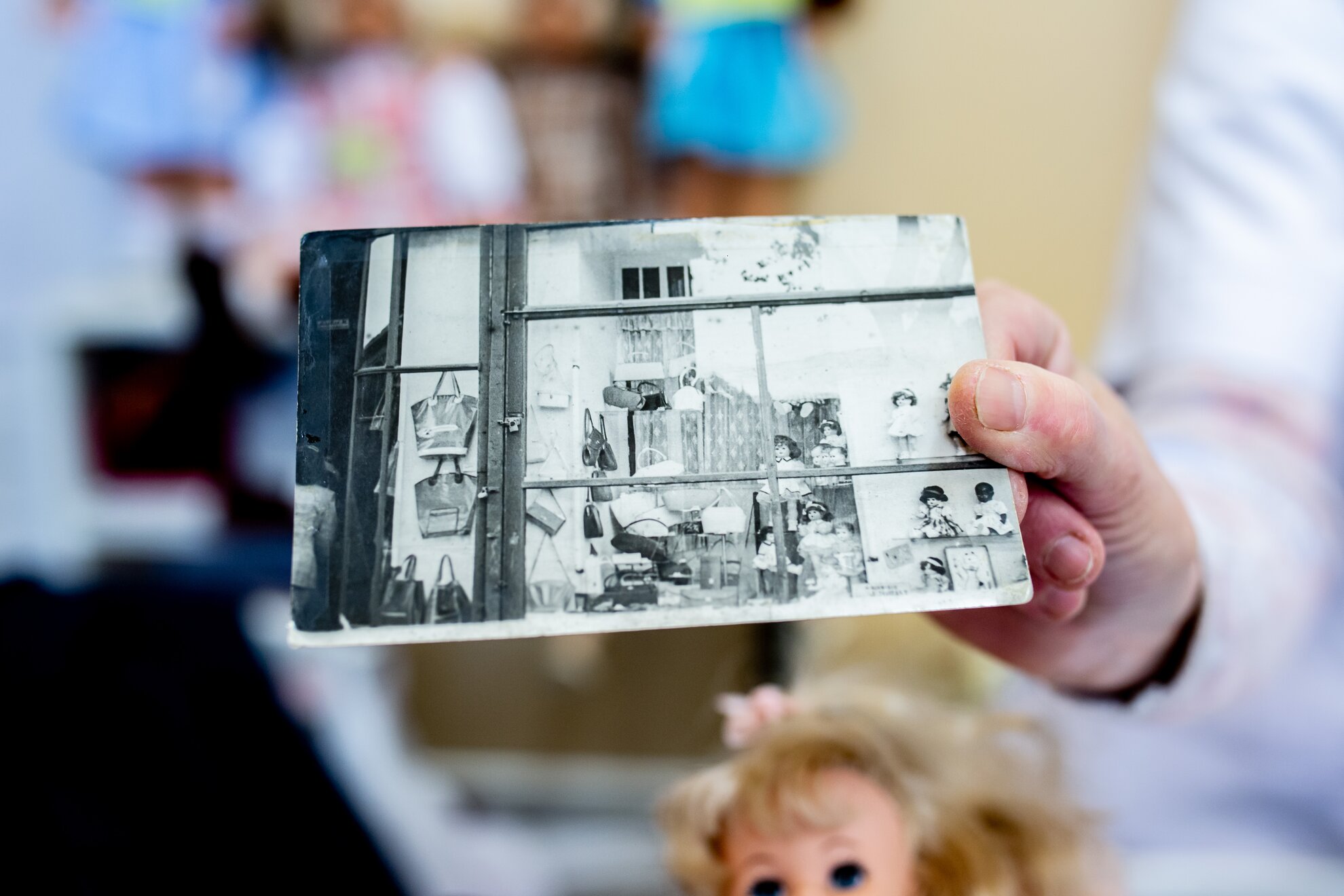The real value of a doll can best be understood by those who see their own daughters and granddaughters playing the same games. Often, there’s one specific figure that’s passed down from generation to generation, in which case it’s not a bad idea to fix and restore the treasured toy once in a while.
Babaklinika swears to do just that, recreating all kinds of dolls as if they were new. Those who preferred playing with teddy bears and other cuddly toys shouldn’t worry either, as they can repair them here as well.

The story of this family-run business goes way back to Judit’s great-grandmother. It started when a horse-drawn carriage clip-clopped round a street corner and the young courier sat inside saw a pretty, smiling young woman, diligently embroidering. It was love at first sight. They got married and went to Paris, where they learned all about dollcraft together.

After returning to Hungary, they opened a store on downtown Károly körút, which was then nationalised in 1947. Judit’s grandmother left the state-run operation in 1957, found a small shop on Múzeum körút, and rented it, sharing the space with a bag-repair business. This is where the story of Babaklinika begins, and has continued here ever since.

The store was run jointly by Judit’s grandmother and aunt until the early 1980s, when first her mother, then Judit herself, joined the family business. At this point in time, three generations were working alongside each other in the shop.
Today, Judit runs the business all by herself, carrying out pretty much every task on her own. Toy- and doll-making was a flourishing profession in Budapest back in the day, with numerous craftsmen available to help – there was someone who made the heads, someone else the bodies, the hair and so on.

These niche professions slowly died out and, as the days of toy- and doll-making drew to a close, it was no longer a safe career option. Judit had to learn how to make almost everything by herself, and she also started to look for doll supplies from abroad.
Family tradition dictates that they do everything that they can for the dolls and their owners, however onerous. If there’s a way to repair a toy, Judit will most likely find it. Only rarely does she have to say that there’s no hope left…

The oldest toy Judit has seen – and restored – was a doll made in the 1890s, a true museum piece. The item was older than anyone still alive, perhaps even surpassing the Singer sewing machine in the store, first made over a century ago. The shop’s atmosphere and Judit’s personality reflect the fun, positive side of doll repair, although there are quite a few sad and touching stories told by the customers who come in.
An elderly lady wanted a few dolls repaired so that her grandchildren could play with them after she was no longer around – when she found out that one of the toys couldn’t be saved, she requested that it be buried alongside her when the time came.

One of the most heart-breaking stories was told by a German couple, who brought a worn-out old teddy bear into the store. They revealed that the toy wasn’t part of their own childhoods, but they had found it when they were living in a house alongside some railway tracks. This was the line where Jewish families were transported to the death camps, and the bear had been spotted shortly after one of these trains had passed by their apartment. Most probably, it had been thrown out of one of the wagons.

Babaklinika
District V. Múzeum körút 5
Open: Mon-Fri 10am-6pm




